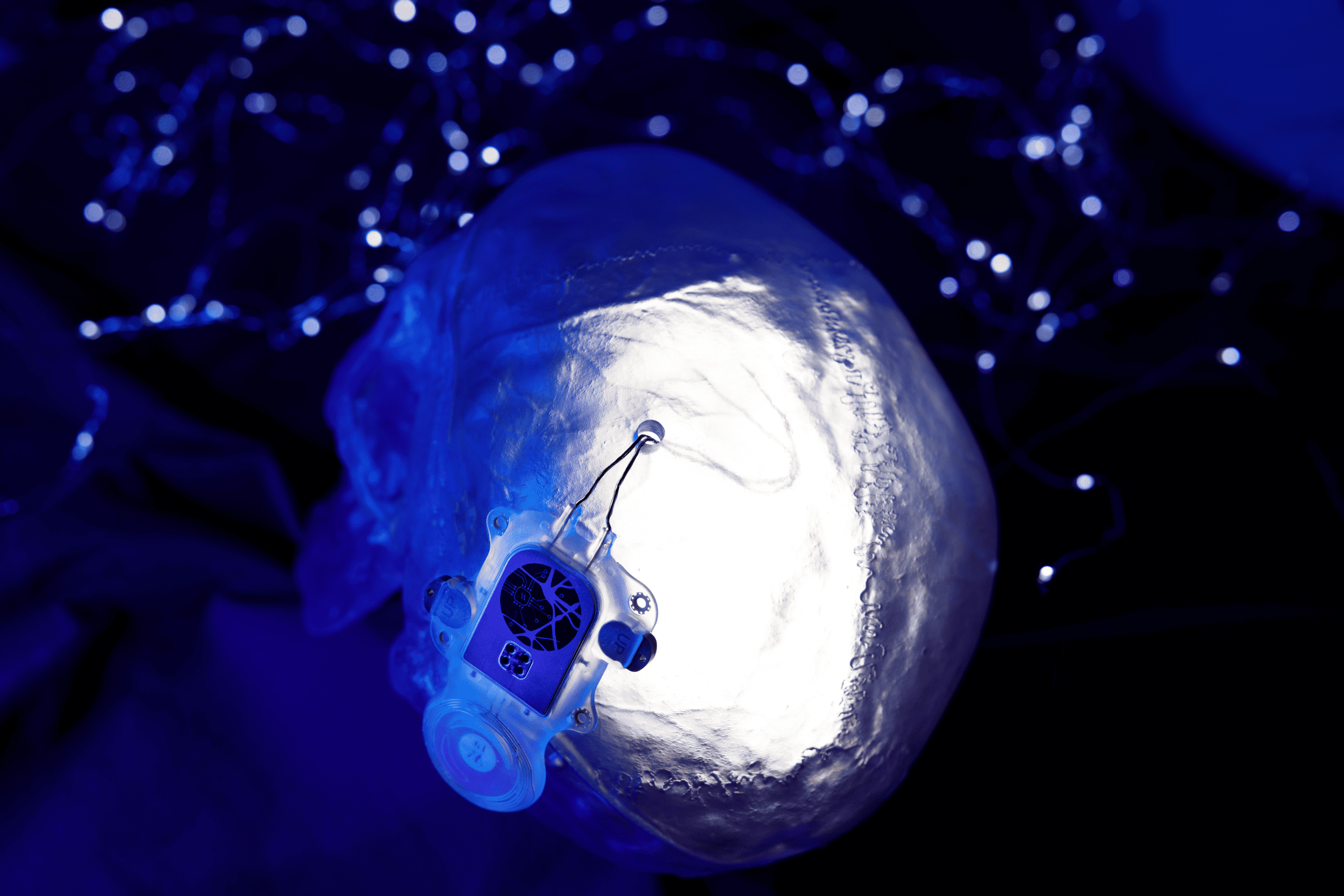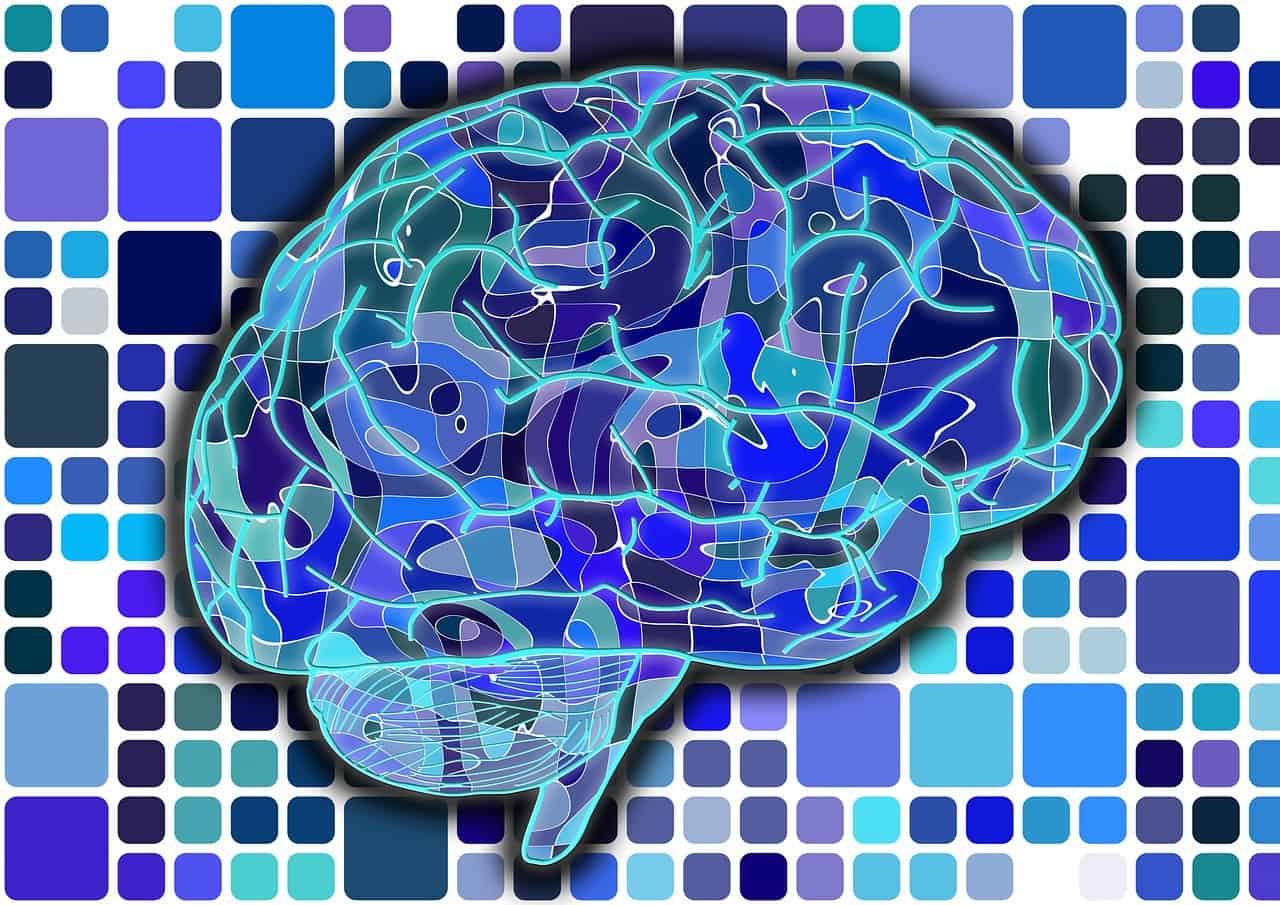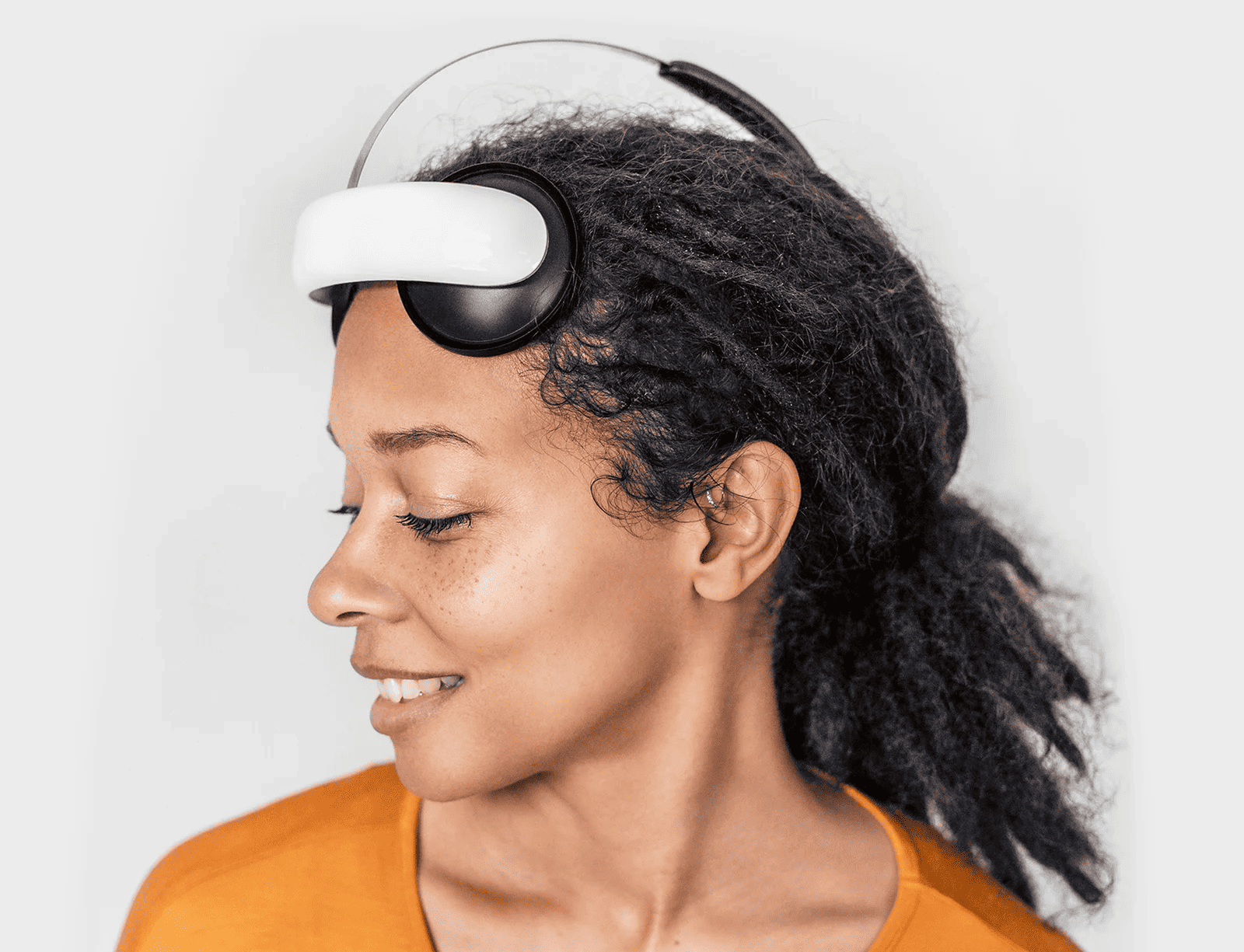
As with any other pain or disease of the human body, drugs are the most used way to treat the brain. According to Organization for Economic Cooperation and Development (OECD) data, antidepressant consumption increased by almost two and a half times from 2000 to 2020 in 18 European countries. According to the EU’s data portal Eurostat, in 2019, slightly over seven percent of EU citizens reported having chronic depression. The COVID-19 pandemic did not help either, with prescription rates rising even further. In the United Kingdom, there was a five percent surge in adults receiving antidepressants in 2021-2022 compared to the previous period.
- Electric stimulation shows promise in treating depression and epilepsy, with fewer side effects than drugs.
- Techniques like tDCS and tACS modulate brain activity, reducing symptoms in trials and pilots.
- More research is needed, but electric brain therapy could add options without replacing pharmaceuticals.
However, drugs do not always work and do not have the same effect on everyone. Furthermore, taking pills comes with multiple side effects. Weakness, nausea, and sexual dysfunction are among the many that can arise from using antidepressants or epilepsy medications. In the past few decades, scientific research has approached new ways of treating the brain, considering its electric activity rather than its chemical one. New forms of non-invasive brain electrical stimulation are showing promising results in treating mental diseases.
This is an article from IO Next: The Brain. This magazine is full of stories about scientists, entrepreneurs, and innovations share one common goal: to better understand the most complex system there is.
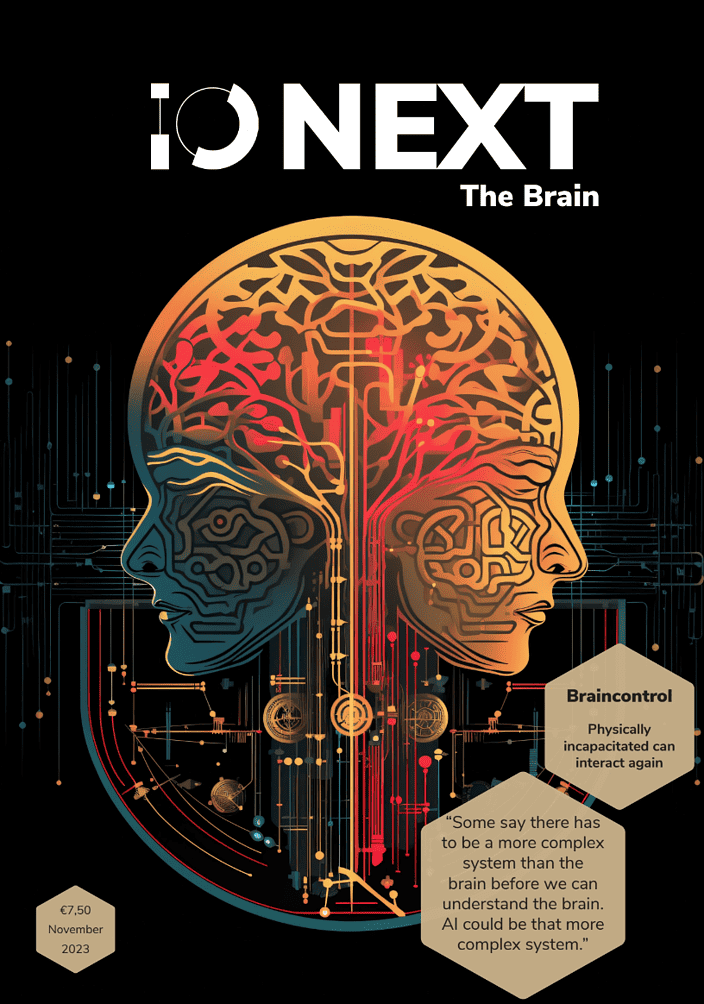
“I wanted something better”
Daniel Mansson is a clinical psychologist by training. “In meeting patients during my practice, I was almost appalled by the side effects and the low efficacy of antidepressant therapy. On the therapy side, many people could not be treated. I wanted something better,” he says. With a master’s thesis on transcranial direct current stimulation (tDCS) in his background, he decided, alongside his co-founder Erik Rehn, to work with this technology, as new studies showed electric stimulation potential. In 2016, the two started Flow, which leverages tDCS to treat depression.
TDCS is one of the paradigms of transcranial electric stimulation (tES) and is a non-invasive brain stimulation technique. When the applied current is direct, tES is referred to as tDCS, while when the current is alternating, it is called tACS. Other forms of tES exist, such as Transcranial Random Noise Stimulation (tRNS).
In tDCS, two electrodes are applied to the patient’s scalp, and a weak electrical current – usually between one and three milliamperes; LED lightbulbs use between 75 and 125 milliamperes – is passed. Electricity gets into the skull and then reaches the brain. The billion neurons in the human brain use electric signals to communicate. These signals are also known as action potentials, which are released when there is a sufficient change in the neuronal resting membrane potential. This is the difference in electrical potential between a neuron’s inside and outside environment. The low current applied to the brain in tDSC creates an electric field that polarizes the resting membrane potential in the neurons of the targeted area.
Flow designed a headset that those diagnosed with depression can use at home, starting treatment immediately. “In the first three weeks, they use it thirty minutes per day five times a week. Then comes the maintenance phase, with two weekly sessions for how long the patient needs,” Mansson explains. Flow’s therapy also comprises a mobile app that provides behavioral therapy, with doctors having the chance to check the patients’ activity through it.

Daniel Mansson
Chief Medical Officer at Flow
Daniel Mansson is a clinical psychologist. Following his medical studies, he started to practice as a doctor. In 2017, he cofounded Flow, and since then, he has been working on developing medical treatment through tDCS.
Modulating electricity
The Spanish company Neuroelectrics uses tES to treat the brain with low currents, including tDCS, too. The medtech business developed a neuromodulator, a helmet-like device with several electrodes that regulate electricity within the brain. The same device can also record the brain’s activity. Doctors first get a scan of the patient’s brain, and Neuroelectrics use that data to create the patient’s neuro twin, a digital version of the patient’s brain. This serves to study the organ’s electrical activity, to understand where current needs to be applied, and consequently plan the therapy by passing current in the affected brain regions. Neuroelectrics is using this technology for treating epilepsy, depression and is starting to research its application for Alzheimer’s.
“Our device, rather than activating action potentials, gently regulates them to get a plastic effect on the brain. The neuromodulator adjusts the level of activity of one or more brain regions. In the case of epilepsy, we want the electric activity in that area of the brain to be reduced, not to activate it further. By contrast, when treating depression, we want to stimulate the less active parts of the brain,” clarifies Roser Sanchez-Todo, research director at Neuroelectrics. Whereas depression is thought to inhibit some of the brain’s functions, epilepsy is associated with hyperactive brain regions.
This therapy works best with continuous usage. “It is comparable to going to the gym, if you only go there once, you will never get any results, so the patient needs to stimulate the brain frequently to advance its condition. This way, effects accumulate and last over time,” the researcher illustrates. Although therapy frequency changes for each patient – with some needing more than others – the company noticed the first effects on a number of patients after five twenty-minute-long sessions.
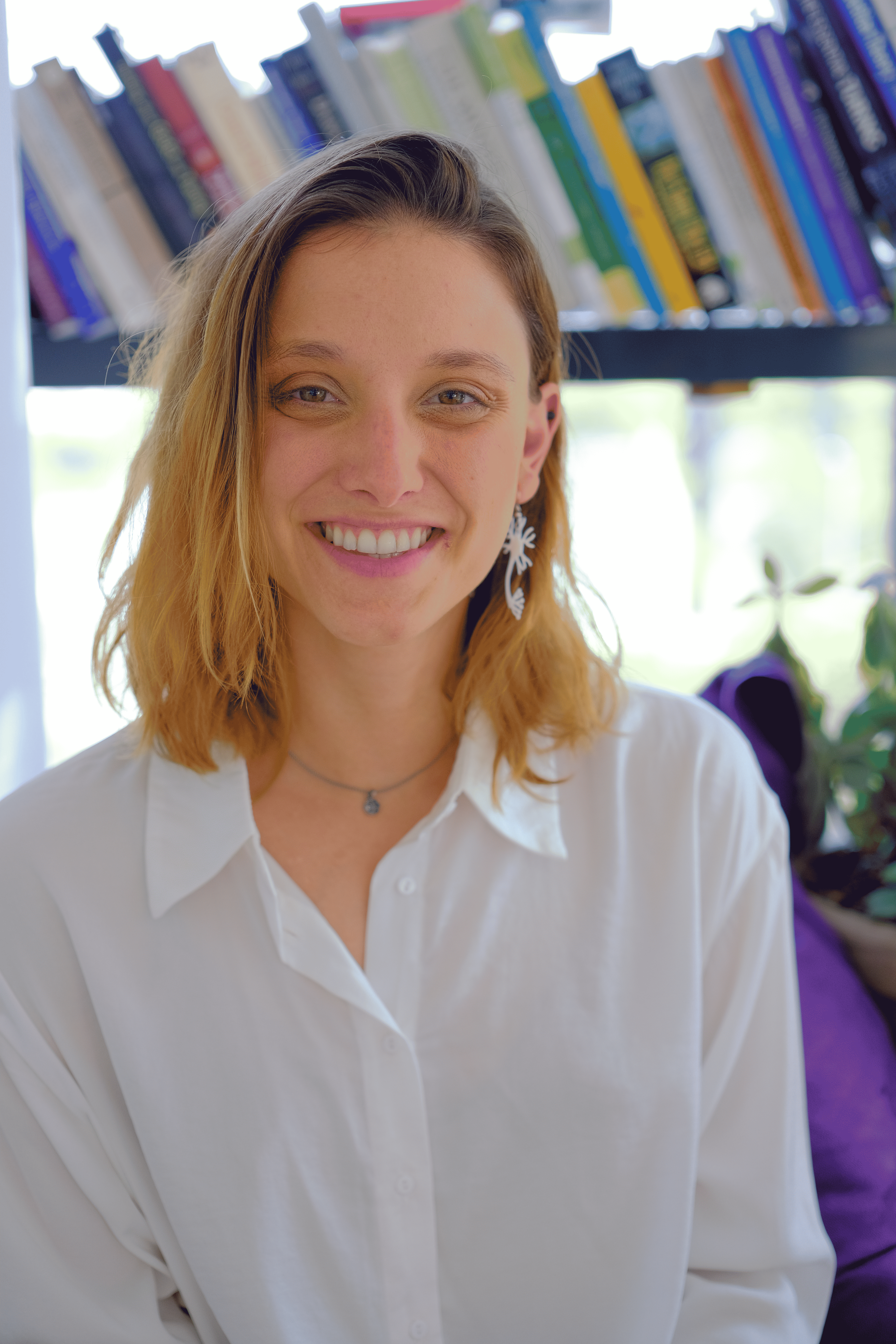
Roser Sanchez Todo
Research director at Neuroelectrics
Roser Sanchez Todo has a background in biomedical engineering, specializing in computational neuroscience. She is now the research director of Neuroelectrics, and she is working on the new generation of company products.
First results
Flow recently conducted a ten-week-long double-blind placebo-controlled trial. In this kind of trial, participants are divided into two groups: an active group that gets the medication and another that gets a placebo instead. By double-blind, it means that both the participants and the researchers do not know who is receiving the therapy. “62.7 percent of the active group patients responded to the treatment. Moreover, the remission rate was 57.5 percent, meaning more than half of the people got completely out of depression,” comments Mansson.
Over the years, more than 12,000 patients used Flow’s headset. Based on the data collected from them, the firm says that 88 percent of them see depression start to improve in three weeks, two-thirds of them have less anxiety in three weeks, and 57 percent of them are depression-free after ten weeks. Flow will release a scientific paper with all the trial results in the upcoming months.
Neuroelectrics is mainly focusing on epilepsy treatment. On average, patients receiving this therapy see the number of epileptic crises decrease by half over time. “The pilots we conducted showed promising results, and now we are starting to conduct larger trials and start a hospital trial,” specifies Sanchez-Todo. Moreover, the company is currently involved in a pilot study to treat Alzheimer’s patients at home, using the home version of the neurostimulator. “Our main goal is to make our therapy accessible to everyone,” said the research director. Being a non-invasive therapy, the company aims at perfecting the technology for home use, which is already offered through one of its devices.

More care options
The many side effects caused by taking drugs do not manifest when tES is used. Electrical stimulation is applied to a specific target in the brain, with no need to involve the whole body or non-affected areas of the brain. Both Flow and Neuroelectrics report minor side effects, such as scalp skin redness or dryness. Flow also found rare cases of titulus in the patients who used the headset. Yet, larger studies are needed to understand the potential side effects of these technologies and the long-term impact of externally induced current on the brain.
However promising, noninvasive electrical brain stimulation has yet to prove stable enough to replace drugs. According to a paper in Nature, recent tDCS clinical trials showed mixed results, highlighting the need for more research to establish durable effects. Another study published in Brain Stimulation underscored the variability in tDSC outcomes. In working on their technologies, Mansson and Sanchez-Todo do not see their innovations as competitive with drugs.
“At the moment, we are rather an alternative to surgery, as epilepsy patients accessing our treatment are those that do not respond to drugs,” underlines Neuroelectrics research director. “We add another tool to the toolbox,” says Mansson. “It is important in the debate to not end up in a solely competitive state where one kind of therapy excludes the other. Talk therapies work well for some people, antidepressants are efficient for others, and our therapy has a big role as an alternative or augmenter of these treatments. Doctors can also use them in combinations to mitigate side effects, but it is important we get more solutions,” he added.
As the dynamics of neurological diseases have to be fully figured out, research will go on to explore potential ways to treat depression, epilepsy, and even Alzheimer’s. And it is going to be a matter of electricity.




